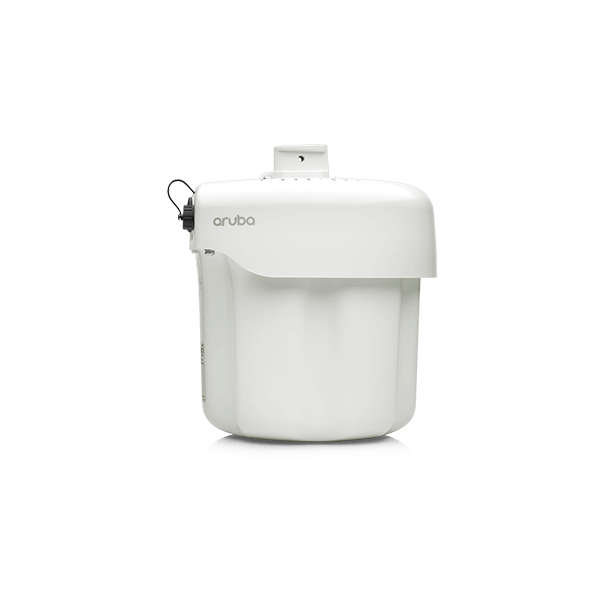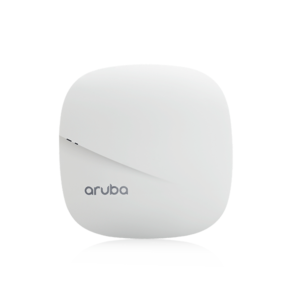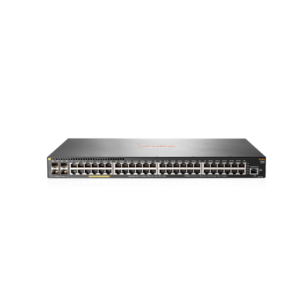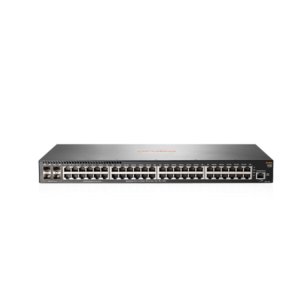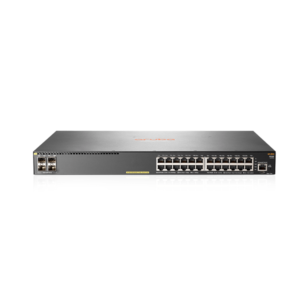Description
Overview
Weatherproof and temperature hardened, Aruba 370 series access points deliver 802.11ac Wave 2 Gigabit Wi-Fi to outdoor and environmentally challenging locations.
Delivers 4×4:4SS MU-MIMO capability, Aruba’s advanced ClientMatch and an integrated Bluetooth beacon to enable Aruba location services.
| UNIQUE BENEFITS |
|---|
|
| CHOOSE YOUR OPERATING MODE |
|---|
|
| AP-370 SERIES SPECIFICATIONS |
|---|
|
| WI-FI RADIO SPECIFICATIONS |
|---|
|


